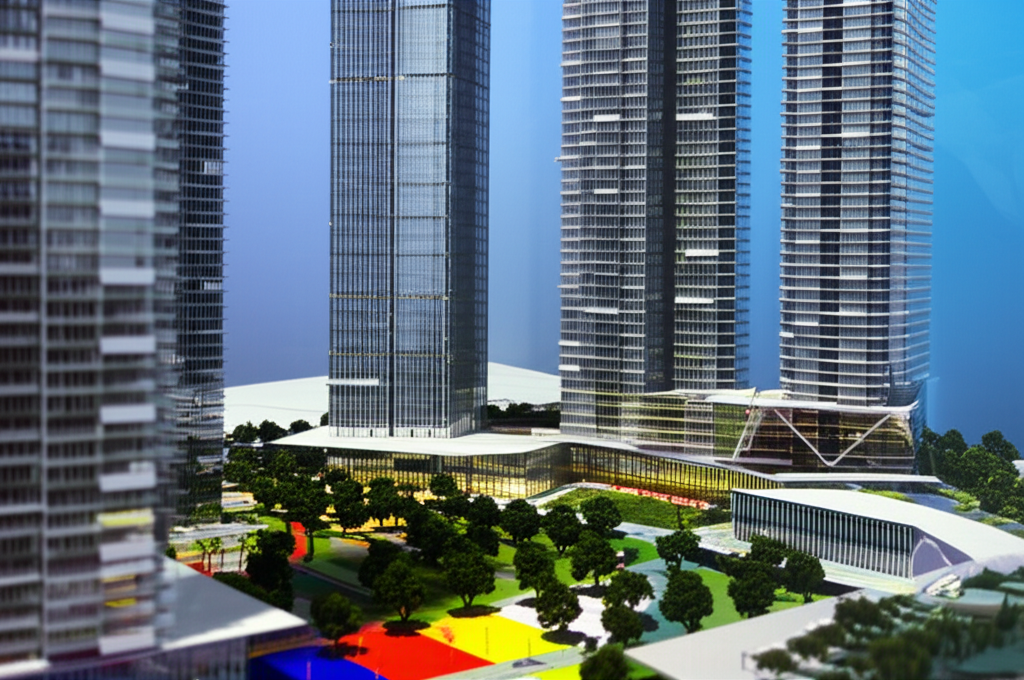
Malaysia’s ambitious Bandar Malaysia project has taken a significant turn with KLCC Holdings stepping in as the new owner, sparking both optimism and skepticism among industry experts. The 486-acre development, originally slated to be the terminus for the canceled Kuala Lumpur-Singapore High Speed Rail, has faced years of delays and controversies. Analysts highlight KLCC Holdings’ proven expertise in large-scale projects like the Petronas Twin Towers, while critics raise concerns over transparency in the acquisition process.
The deal, finalized in October but only announced in December, has drawn scrutiny over its undisclosed financial terms and potential implications. Reports suggest the transaction could be worth up to RM12 billion, reviving hopes for the project’s long-stalled vision of becoming a mixed-use hub with commercial, residential, and leisure components. However, questions linger about whether the acquisition serves as a bailout for the Ministry of Finance, which previously owned the site through the troubled 1MDB state fund.
Bandar Malaysia’s troubled history includes failed partnerships, including a 2015 deal with a Chinese-Malaysian consortium that collapsed due to payment defaults. With KLCC Holdings now at the helm, backed by the financial strength of Petronas, experts believe the project stands a better chance of success. Yet, tenants currently operating on the site face uncertainty, having been instructed to vacate within six months despite significant investments in unfinished recreational facilities.
While KLCC Holdings has yet to reveal detailed plans, it envisions Bandar Malaysia as an international business hub with sustainable urban living. Prime Minister Anwar Ibrahim’s recent announcement to designate part of the land as Malay reserve adds another layer to the project’s evolving narrative. As the development moves forward, balancing transparency, investor confidence, and stakeholder interests will be crucial to its eventual success—or failure.